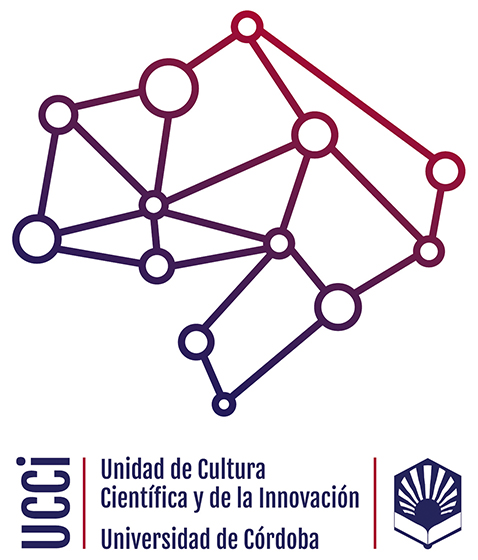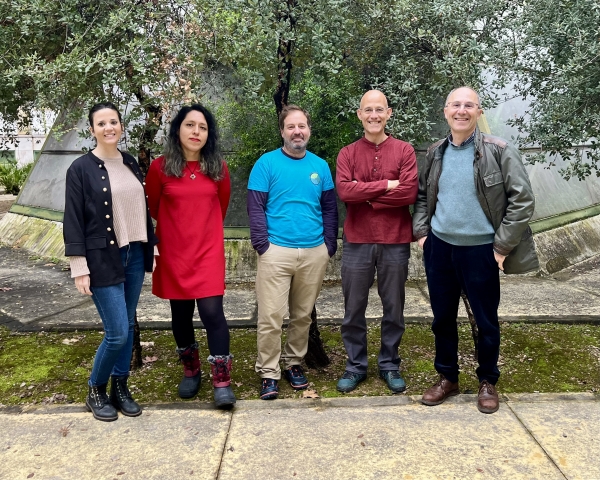An international consortium coordinated by the University of Córdoba is working in the deserts and Amazonian forests of northern Peru and Brazil, which intersect at a low-elevation point in the Andes—the Marañón Valley—one of the most biodiverse areas on the planet.
The initiative is part of the Bestrops project, in which seven institutions—from Peru, Brazil, Germany, and Spain—are studying changes in biodiversity and in the ecosystem services provided by these forests, with the goal of promoting fair resource distribution and preserving natural capital in rural tropical forest communities.
This area is of particular interest for studying the impact of El Niño, a natural climate phenomenon with global repercussions that can cause severe droughts and floods.
The climate along the west coast of South America is regulated by the Humboldt Current, which keeps ocean temperatures cool and forms deserts with very little rainfall. However, every 5 to 7 years, the El Niño phenomenon weakens the Humboldt Current, bringing tropical climate conditions back to the region and triggering periods of intense rainfall.
“We are at the point of greatest impact from the El Niño phenomenon on earth,” explains Pablo Salazar Zarzosa, who leads the project at the University of Córdoba. “The Chura Desert, for example, normally receives between 50 and 150 millimeters of rain per year,” they say. “During El Niño, that rises to 4,000 millimeters.”
The consequences of this phenomenon are devastating for local populations. The heavy rains cause rivers to overflow and trigger landslides—known as Huaycos—that can travel for kilometers, wiping out small towns. Larger cities attempt to prepare, but their infrastructure cannot withstand such abrupt changes.
“There’s no drainage system in the world that can handle 4,000 millimeters in 4 months,” notes Salazar. Moreover, “it wouldn’t be economically feasible,” they add, “because it would become clogged with trash and sand, as this is not typical rainfall for a desert.”
As a global event, El Niño also affects other areas such as the Amazon regions of Colombia, Peru, Bolivia, and Brazil, which normally experience regular rainfall but suffer from droughts during El Niño years.
This has a severe impact on rural and Indigenous communities in the region, who rely on water for agriculture and may become isolated if rivers become unnavigable. “We had to cross the Amazon River by boat,” recalls Salazar, “and the river was at a 20-year historic low. Boats could barely make the crossing.”
To measure the changes caused by El Niño—a phenomenon that may be worsening due to climate change—the research team has collected soil and plant samples representative of the ecosystem. These samples will be analyzed using climate models to generate future projections.
Local communities have also participated in the sampling, helping to analyze the region’s ecosystem services—that is, the products and services that nature provides to people. This is another element the project seeks to quantify, although it can be difficult to measure.
Assigning an economic value to ecosystems risks reinforcing inequality for those without capital and increasing the vulnerability of Indigenous communities who live in and protect the forests. “Questions like: If you couldn’t draw water from the river, how much would you pay to have water for your family? can be very dangerous,” Salazar warns. “Giving an essential good a monetary value allows others to charge for it if they wish to exploit it.”
For this reason, the researcher believes that economic valuation should only go so far. “People’s perception of money changes depending on human needs and the social circles in which you move,” Salazar explains. They cite the example of cities that have clean water thanks to Indigenous communities not cutting down forests.
The project may also have significant value for the study of biodiversity, as it could help resolve a major debate in community ecology: whether stochastic theory is correct (suggesting species organize randomly, as in the Amazon), or whether niche theory is right (species organize according to their adaptive capacities, as in the desert). “The answer lies in the Marañón Valley, where both ecosystems coexist,” Salazar asserts.
The initiative, which aims to build cooperation between Latin American and European institutions, has received support from Peruvian governmental bodies such as SERFOR, SENASA, and SERNANP, to strengthen local efforts to preserve biodiversity, develop public policy tools, and highlight the connection between ecosystems and human needs in a changing world.
This report is included in the activities carried out in the project "Desarrollo de redes de asesoramiento y gestión de proyectos europeos I+D+i en la UCO" with acronym "DevelOPE", within the framework of grant GPE2023-001243-P financed by MICIU/AEI/10.13039/50110001103.


